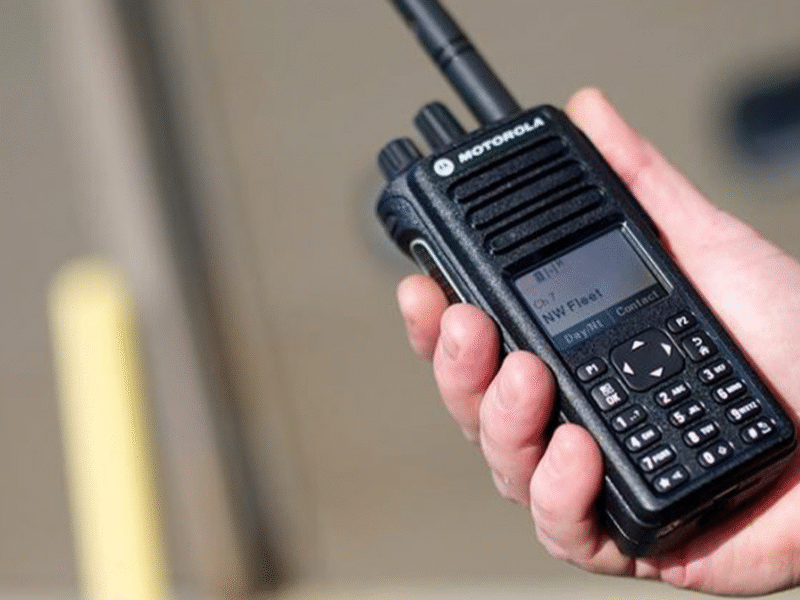It’s one of the most annoying things ever. You’re watching a video, playing a game, or trying to finish schoolwork—and the Wi-Fi randomly freezes. Then it works again. Then it’s gone. Some rooms always seem to have perfect signal, while others barely load a webpage. It’s frustrating, but there are real reasons why this happens—and simple ways to fix it.
Wi-Fi isn’t magic. It travels through your home using radio signals, and those signals can get blocked, bounced, or slowed down depending on where things are. The good news is, a few small changes can make the internet work way better in every room.
Where You Put the Router Actually Matters
The spot where your router sits can totally change how good your Wi-Fi is. Routers send signals out in every direction, kind of like a ripple in water. If the router is stuffed in a corner or hidden behind something, it’s harder for the signal to spread around.
The best place for a router is somewhere near the middle of the house, up off the floor, and out in the open. A high shelf in a central room works way better than hiding it under a desk or behind a TV.
Some homes have tricky layouts or thick walls that block the signal more than others. In those cases, it might help to check out internet service providers who offer strong equipment or advice for tricky setups. For example, some families in rural or spread-out areas use services like Infinium to make sure their internet setup is right for their home layout and needs. There are other options too, but it’s good to go with a provider that understands how homes are actually used—not just the signal speed on paper.
Why Some Rooms Always Have Bad Wi-Fi
It’s super common for certain rooms—especially ones far from the router—to have weak signal. But distance isn’t the only reason. Wi-Fi signals can get messed up by thick walls, metal, mirrors, pipes, and even large furniture.
Basements, garages, and upstairs bedrooms can be tricky because the signal has to go through a lot just to reach those places. Bathrooms can be weird too, because tile and plumbing reflect or block signals more than you’d think.
Even something like a fish tank or a giant mirror can mess with your Wi-Fi if it’s between the router and where you’re sitting. So if you’re always losing signal in one spot, take a look around. Moving one thing—or even just moving the router a bit—might help more than expected.
Boosting the Signal Without Getting a New Plan
You don’t always need to upgrade your internet plan to get better Wi-Fi. A lot of the time, the problem isn’t the speed—it’s the setup.
Here are some easy things that help:
- Move the router to a better spot (central, high, open).
- Restart the router every now and then. It helps more than most people think.
- Keep it away from electronics like microwaves, speakers, and baby monitors, which can mess with the signal.
- Use Ethernet for devices that don’t need to be wireless, like gaming consoles or desktop computers. That leaves more room on the Wi-Fi for phones and tablets.
And if that’s still not enough, adding something called a “Wi-Fi extender” or a “mesh system” can help the signal reach farther without getting weak. Extenders take the signal and bounce it farther into the house. Mesh systems use a few connected devices to spread Wi-Fi evenly across all rooms.
Making It Work for Everyone in the House
One person streaming a movie might be fine, but when five people are all online doing different things, it gets harder for the router to keep up.
To make things smoother for everyone:
- Try to place the router where it helps the most-used rooms first—usually the living room, kitchen, or wherever people hang out the most.
- If someone in the house works from home or has a gaming setup, make sure their room gets a strong signal.
- Turn off Wi-Fi on devices you’re not using, like older phones or tablets, so they’re not taking up space on the network.
Also, check if anyone’s downloading big files or doing updates in the background. That can slow things down for everyone else without anyone noticing why.
When It’s Time for a Better Setup
Sometimes the real issue is the equipment. If the router is super old, it might just not be strong enough anymore. Most newer routers support more devices and send out better signals.
If the router is more than five years old, it’s probably time for a new one. Some internet service providers give out better routers or can help install stronger systems that fit your home better.
There are also apps that help you test your Wi-Fi speed in different rooms. That way, you can figure out which areas are weak and try moving things around before spending money on upgrades.
What Makes a Home Internet Setup Really Good
The best home internet setups aren’t always the fastest ones—they’re the ones that stay stable, work in every room, and don’t drop out when you need them most.
Here’s what actually matters:
- A central router location with nothing blocking it
- A strong signal in the rooms people use most
- Devices connected smartly (some wired, some wireless)
- Equipment that matches your home’s size
Once the basics are right, everything else feels way smoother. Games stop lagging. Videos don’t freeze. Group calls stop cutting out. And that’s way more important than just having a super high speed number on a bill.
Final Thoughts
Getting better Wi-Fi in every room doesn’t have to mean spending a ton of money or changing internet providers. Most of the time, it’s about where the router goes, what’s around it, and how many devices are fighting for space.
Start with the simple fixes—moving the router, cutting out interference, and using extenders if needed. Then look at what devices are really needed on the Wi-Fi and see if newer equipment might help.
It’s all about making things easier and keeping everyone connected, no matter where they are in the house. That’s what really makes internet feel strong—not just the speed, but how well it works when it matters most.



